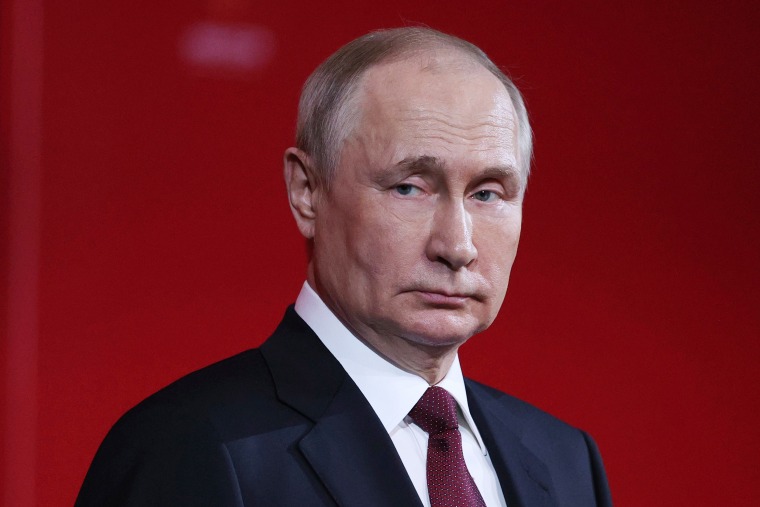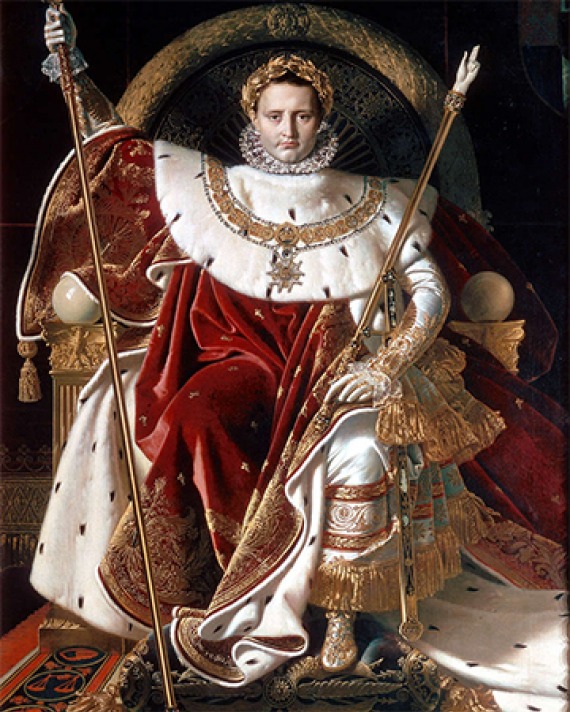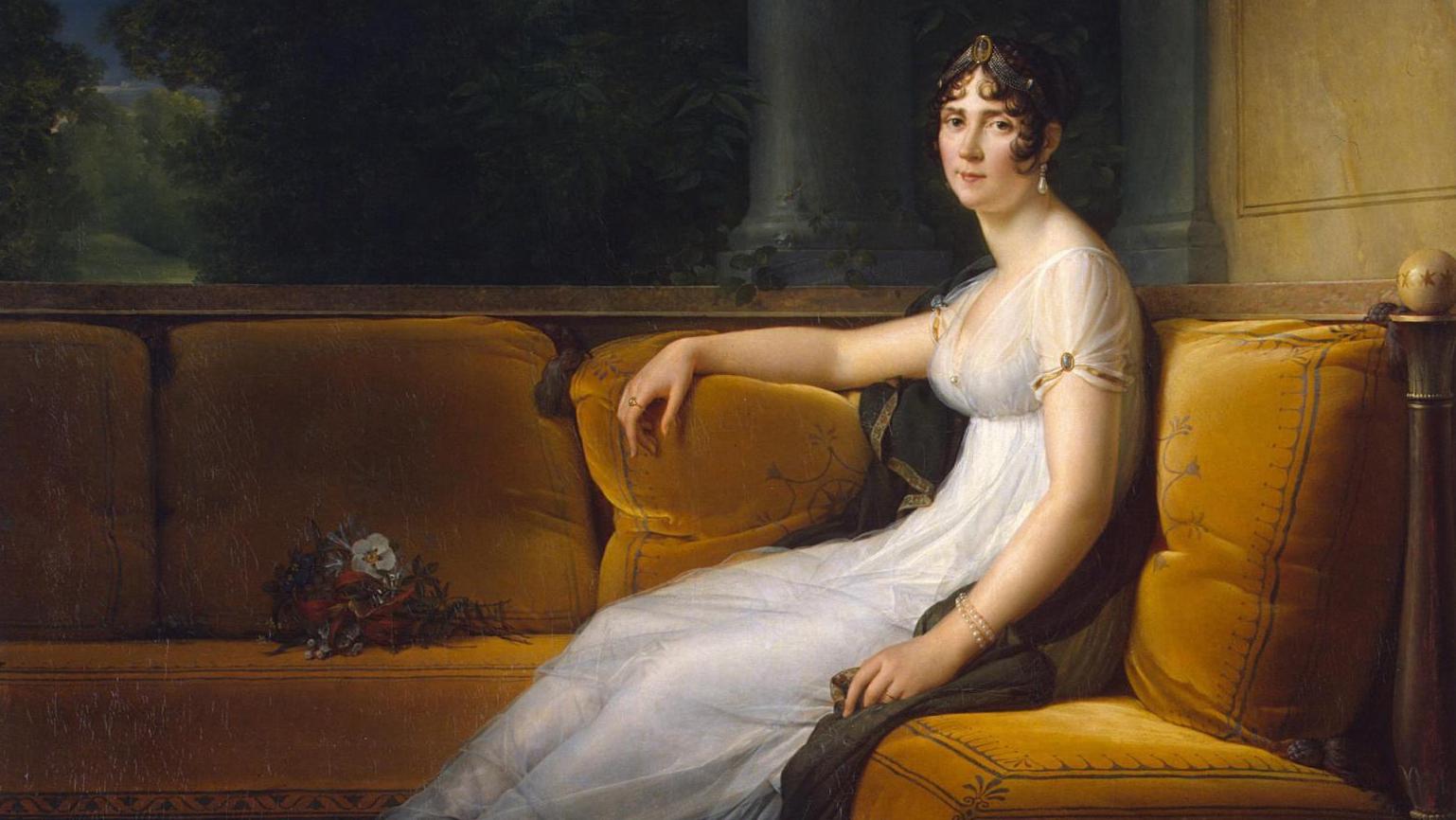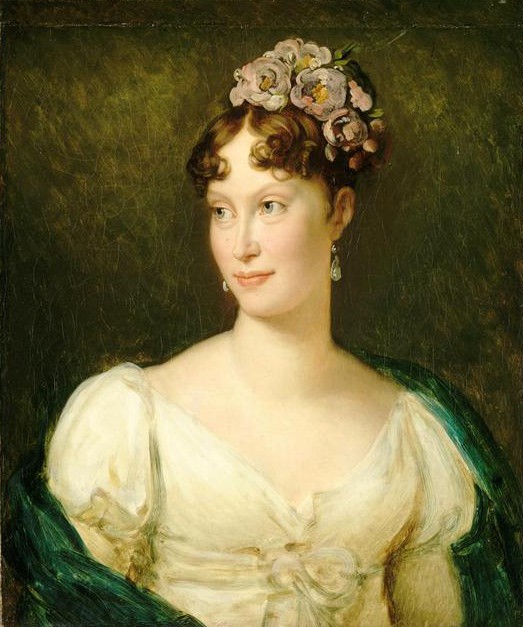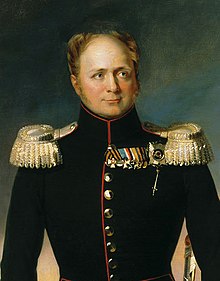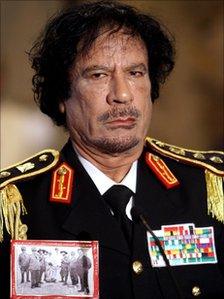
(Libyan Dictator Muammar Qaddafi)
The history of Libya from 1969 which saw Colonel Muammar Qaddafi seize power through the 2011 Arab Spring that resulted in his demise was wrought with murder, torture, assassinations, persecution, terrorism, lack of freedom, poverty, and victimization to a cult of personality. Those years produced many significant dates, all of which stand out for varying degrees of horror. On April 17, 1984. a crowd of anti-Qaddafi demonstrators gathered across the street from the Libyan embassy in London. During the demonstrations shots were fired from the embassy at demonstrators killing a London police officer and wounding 11 protestors. On April 5, 1986, Qaddafi was deemed responsible for the terrorist attack on a West Berlin discotheque that killed three and injured 229. Ten days later the United States retaliated striking military targets in Tripoli and Benghazi. On December 21, 1988, two Libyan intelligence officers planted a bomb that blew up Pan Am Flight 103 over Lockerbie, Scotland killing 243 passengers and 16 crew members. On December 21, 2012, following the overthrow of Qaddafi an attack by Ansar al-Sharia on the American diplomatic compound in Benghazi resulted in the death of US Ambassador J. Christopher Stevens and 3 others and injured 10. This would lead to a partisan congressional investigation that Republicans used to damage Hilliary Clinton’s presidential campaign. It is clear that during these years Libya was not a place where free thought and democracy existed, and today remains a failed state.
Libyan author Hisham Matar’s latest novel, MY FRIENDS tackles this time period focusing on the 1984 London shooting as the emotional center of the story. The book is narrated by a Libyan exile named Khaled Abd Hady, who left Benghazi in 1983 to study English literature at Edinburgh University and remained in London for thirty-two years. Khaled had been one of the demonstrators on that 1984 day alongside two men who would become his closest friends, Hosam Zowa, a writer who had decided to live in San Francisco with his family before moving to Paris, London and other venues, and Mustafa al Touny, a fellow student at Edinburgh. Matar, born in New York City to Libyan parents, and winner of the 2017 Pulitzer Prize for his memoir, THE RETURN, has authored a quiet novel that examines how the bonds of friendship are forged and fray over a lifetime.

(Libyan exiles demonstrating against the Qaddafi regime on April 17, 1984)
MY FRIENDS focuses on the relationship among three Libyan men whose lives intersect over more than three decades, from the mid-1980s through the aftermath of the 2011 Arab Spring that deposed Muammar Qaddafi after 42 years. The narrator, Khaled Abd al Hady, who left Libya to study English literature at the University of Edinburgh was inspired to pursue those studies by an enigmatic short story authored by Zowa, who vanished from the literary world after publishing a single story collection.

(It has been almost 40 years since Pc Yvonne Fletcher was murdered outside the Libyan Embassy. ‘She said, “good morning, what a beautiful day”, and five minutes later she was shot’)
There are a number of themes that dominate the novel. The concepts of liberation, exile, moral ambiguity, and friendship are all integrated into the story. Employing the musing of Khaled, Matar focuses on related themes asking the following; was it possible to live a happy life away from home, without one’s family? Second, is it true that all one has to do to survive is to endure each day, and gradually, minute by minute, brick by brick, will time build a wall? Third, What was it like to be a human being in a world where people are willing to crush each other?
These themes follow Khaled’s life for decades as he navigates the twin crises of exile and loneliness. Matar follows the interactions of Khaled and Mustafa, following their emotional, intellectual, and political development. Soon Hosam reappears out of nowhere which becomes the watershed moment in the novel. We follow the lives of the three exiles in beautiful detail as Matar is an exceptional writer who knows how to construct meaningful dialogue and scenery. Khaled will leave the university and wind up in London. After a few years he travels to Paris to be with his friend Ranan who leaves Libya for brain surgery in Paris. It is while he is in Paris that the man behind the desk at his hotel turns out to be Hosam rekindling their friendship. Along with Mustafa, Hannah, Khaled’s girlfriend, and Claire, Hosam’s significant other they form an engaging group whose dialogue absorbs the reader’s attention as they lay out their personal beliefs and how it relates to events in their home country.
By 2011, the Arab Spring broke out in Tunisia and soon spread to Tahrir Square in Egypt, and Benghazi and Tripoli in Libya. Mustafa who had been in exile for decades after witnessing the 1984 Embassy shooting cries at the possibility of ending Qaddafi’s tyranny and decides to return to Libya to fight for the emerging revolution. Khaled, despite the urging of his friend, refuses to return and fight as he is still traumatized by the wounds suffered at the embassy shooting. Matar creates many poignant scenes including Khaled’s father’s visit to convince him to return home, and Mustafa’s conversations with his mother as he fights for Qaddafi’s overthrow.
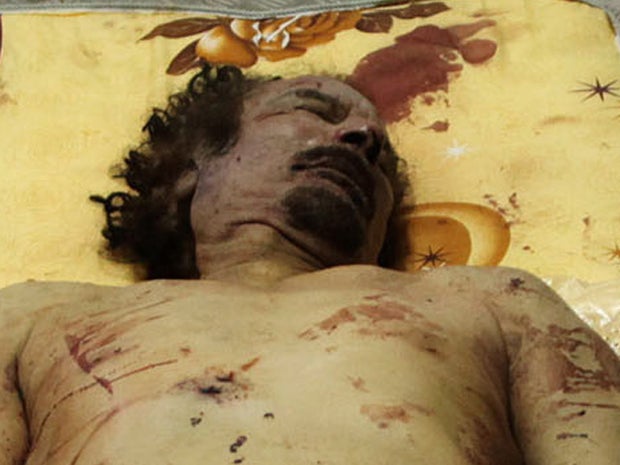
(Qaddafi’s body after being killed by Libyan revolutionaries)
Matar’s novel provides a vivid picture of Qaddafi’s rule which consisted of paranoia on the part of Libyan exiles living in Europe, and Libyan citizens who remained at home. A tight fisted dictatorship evolved into a “cult of personality” that the Libyan people were forced to endure. Torture, violence, harassment, loss of employment, poverty, assassinations in foreign counties were all elements of Qaddafi’s bag of tricks. This background forms the basis of Khaled’s fear of returning home, Mustafa’s transformation into a revolutionary soldier, and Hosam’s off and on writing which is responsible for the origins of their friendship.
Other important characters are developed. Dr. Henry Walbrook, Khaled’s literature professor becomes his friend and confidant. Mahammed Mustafa Ramada, the voice of the BBC Arabic World Service and journalist who read Hosam’s short story that fascinated and captured Khaled. Hosam Rajab Zowa, Hosam’s father who had been a supporter of Qaddafi and believed the embassy shooting was correct. What happens to these characters greatly impacts the lives of the three exiled friends.

(Fighting between the two most powerful factions in the capital could pose significant risks today, 2023)
Matar uses Hosam to present various literary ideas. Being a bibliophile, my favorite comments include Hosam’s remarks that “there was no point in owning a book unless one intended to reread it multiple times.” Further, he states “to have an endless number of books sit on the shelf just because one has read them or might one day read them is absurd.” However, I agree with his final commentary on books “like Montaigne, you believe that the very presence of books in your room cultivates you, that books are not only to be read but to be lived with.” What Hosam secretly found troubling was not the sight of a large number of books but the stability that such an acquisition assumes, which for him was very difficult to accept.
Matar brings closure to his story as the Libyan chapter of the Arab Spring takes hold. Khaled was afraid to return to Benghazi as he feared he would not be able to reconstitute his life, which had taken so long to accomplish after three decades in exile. He was afraid he would lose the security, emotional grounding and dependable relationships he had developed which his parents could not understand, producing a great deal of guilt. Mustafa did not suffer from these doubts as he returned and immediately joined revolutionary forces to fight to end Qaddafi’s tyranny. Hosam on the other hand will return to bury his father and please his mother. He still refuses to return to his writing and he falls in love as decides he must join the fight.
As Peter Baker writes in his New York Times book review Matar focus is on “the experience of Libyans seeking safety in exile. Matar — himself one such exile — picks apart their psyches, analyzing at a microscopic level how violence and migration have altered how they think and feel and relate to the people closest to them. He has returned to this cluster of topics as if it’s a house he’s obsessed with, examining it from different angles, sneaking inside and finding new rooms, even new wings.” “Readers encountering Matar for the first time will find in “My Friends” a masterly literary meditation on his lifelong themes. For those who already know his work, the effect is amplified tenfold. In the dark house Matar continues to explore, the rooms are full of echoes: The further in you go, the louder they get.”*
*Peter Baker, In ‘My Friends’ an Exile Finds Himself Outside Libya, but Never Far Away, New York Times, January 10, 2024.

(Libyan Dictator Mummar Qaddafi)



